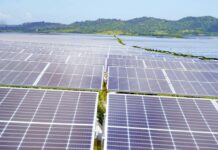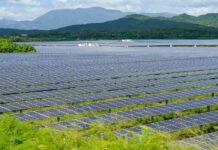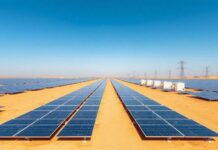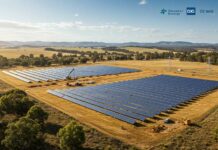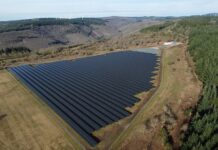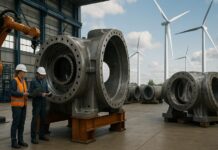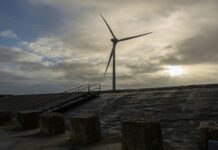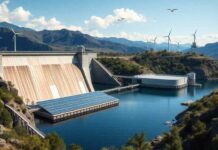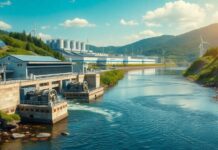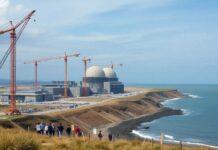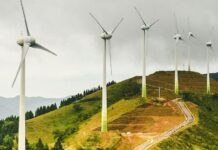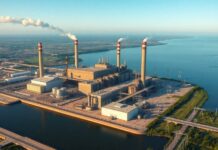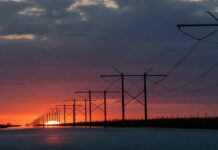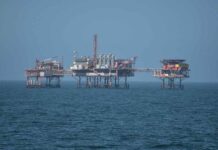Japan is collaborating with the United States and Europe to develop floating offshore wind power to address concerns about relying too much on China for renewable energy supply chains. To achieve this, Japan has established an industry platform focused on commercializing this emerging technology.
It was in June 2024, that the officials from leading countries and regions such as the United States, Britain, Denmark, and Norway, who happened to be involved in offshore wind energy, gathered in Tokyo for an international forum hosted by Japan’s Floating Offshore Wind Technology Research Association, showing their support for the organization’s efforts.
As part of its commitment to becoming a carbon-neutral nation by 2050, Japan sees great potential in wind energy generated by floating turbines, especially in its exclusive economic zone, which is the world’s sixth largest. While turbines installed on fixed foundations in shallow waters are more common and cost-effective, Japan has limited suitable seabeds for this type of offshore wind power and heavily relies on overseas manufacturers for components.
To address these challenges, a platform called FLOWRA was launched in March, bringing together major Japanese utility companies and the wind power units of trading firms to focus on cost reduction and mass production technology, which are crucial for large-scale commercialization.
The Japanese government aims for FLOWRA to facilitate close collaboration among like-minded partners, expand the global floating offshore wind market, and develop international standards for the technology. Japan has already gone on to form agreements with Britain and Denmark so as to cooperate in deploying clean energy technologies, including offshore wind.
Additionally, Japan has joined the United States in an initiative to significantly reduce the cost of floating offshore wind by 2035, aiming to make it more competitive with traditional energy sources for deep-water sites. Japan also hopes to use its expertise in shipbuilding and metal processing to manufacture floating platforms and mooring systems for offshore wind projects.
This increased cooperation in offshore wind energy among Western countries comes as China has become the world’s top offshore wind installer, raising concerns about its market dominance and pricing strategies. Despite these challenges, the Japanese consortium, which includes 18 companies such as NTT Anode Energy Corp and major oil company INPEX Corp, is determined to achieve floating offshore wind power generation by fiscal 2030.


